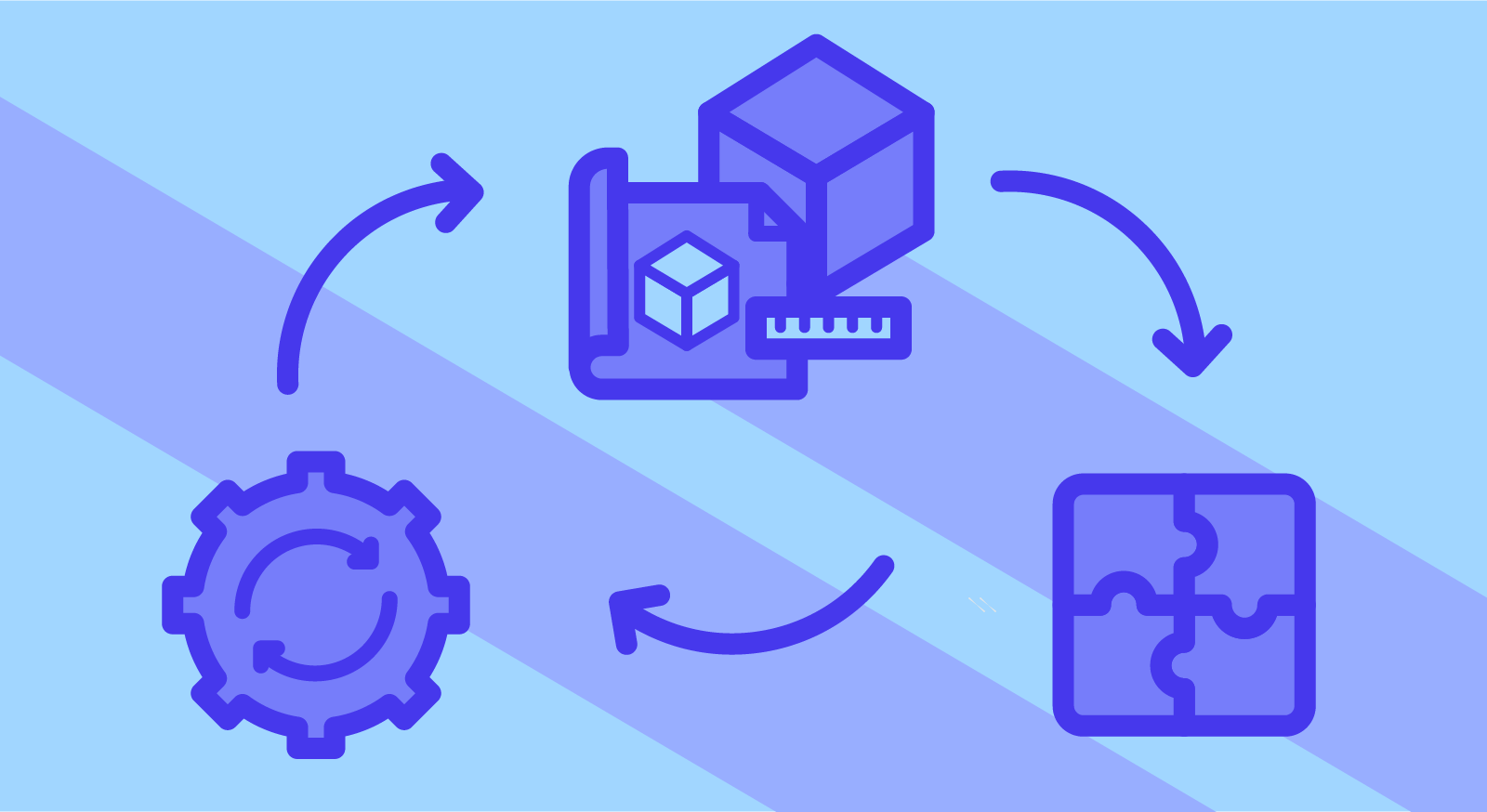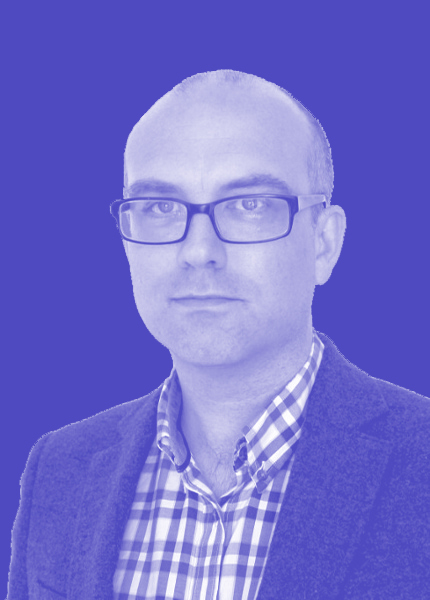Product designers create products or improve the design of existing ones. Traditionally, that meant physical objects, but now it's usually digital or a mix of both.
Digital product design is a relatively new discipline, however, and there’s still quite a bit of confusion around the nature of the role.
In this article, we’re going to explain:
- what a product designer does
- how it’s different from similar disciplines
- the skills and experience you need to become a product designer
- product design in practice
- the SPARCK approach to product design.
Product design in brief
“A product designer is someone who conceives and creates user-centred products based on research and best practice,” says Fernando Casanova, a member of the product design team here at SPARCK.
Digital products include websites, software, or mobile applications. They can also be specific services delivered online.
Product designers use design thinking and the principles of human-centred design to make sure those products work for users and keep getting better – because good customer experience is good for business.
This means using user research findings to go through a super-efficient process of conceptualising, prototyping, and iterating designs. That’s done in collaboration with content designers, service designers, user researchers, business analysts, and others.
They might also use methodologies and tools such as design sprints, lean UX, object-oriented UX (OOUX), among others.
Graphic design vs. product design
“We’re definitely not just people who make things look pretty,” says SPARCK Product Designer Christina Ehlers. “And not every product designer is also a visual designer.”
Graphic designers have room to make choices with pure aesthetics in mind: what will look and feel good? It might be about building a brand, selling a product, or engaging the user’s emotions.
Product designers, on the other hand, always put the user’s needs first. What will help users find the product or service, understand how it works, and get the result they need? That often means having to challenge the client, acting as the voice of the user – to the ultimate benefit of the client, of course.
“I sometimes say we’re like the user’s lawyer in court,” says Helio Costa, SPARCK’s Product Design Lead.
A product designer will always seek to base their decisions on user research, even if that means changing or scrapping work already in progress.
UX design vs. product design
This has been debated endlessly online and you’ll find plenty of blog posts and articles arguing that UX design and product design are drastically different.
In a recent discussion among the product designers at SPARCK, however, we concluded that there isn’t really a huge difference.
Some of our product designers trained as UX designers and had that job title until recently. And all our product designers have the skills and experience to fulfil UX design roles. In fact, they sometimes do, if that’s specifically what a client asks for.
“Like UX, product design includes UI and user-centred design, or UCD,” says Andriana Meletakou, one of our product designers. “I think it’s worth underlining, though, that as a product designer you might be designing something that isn’t an interface at all. It’s a very broad role.”
What does a product designer do in practice?
At SPARCK, a product designer will be assigned to a client’s project, which could run for anything from a few weeks to many months.
They’ll typically be part of a team alongside content designers, service designers, and user researchers, as well as business analysts, engineers, and developers from our parent company, BJSS.
Projects very rarely run in the same way and designers are often flexible in their roles. But let’s assume a hypothetical model project where everyone stays exactly in their own lane.
In that context, a product designer will be responsible for the layout, and look and feel of web pages and software interfaces.
Using software like Axure, Figma and Sketch, they produce prototypes of varying degrees of fidelity, from rough sketches to launch-ready. This helps our design teams get feedback from the client, stakeholders and users – it’s much easier to comment when you can see something that looks like a real product.
If the client has their own design system and/or brand guidelines, such as the Government Design System (GDS),the product designer will get to know it inside and out. And, with the needs of users always in mind, they might also test the boundaries and suggest changes to the system or guidelines.
“A good product designer won’t just do what they’re told to please the client,” says Ashley Brown, a recent graduate of the SPARCK Academy. “If they think it’s the wrong approach, they’ll say so, and use evidence to make the case for taking a different approach.”
Another important part of the product designer’s job is attention to detail. They must be sensitive to things like typography, spacing, colour palettes, and accessibility features. They will challenge colleagues to get the small things right.
They’ll also take part in design sprint activities, providing feedback and ideas around content, user journeys, and user research. They run crit sessions and workshops to get feedback from clients and represent their work in conversation with stakeholders.
What qualifications do you need to be a product designer?
At SPARCK, our product designers have a variety of experience and qualifications.
Some trained in product design, including physical product design engineering. Others have qualifications in art, graphic design, software development, and project management.
Qualifications are only part of the story, though, and it’s also possible to get into product design by learning the skills you need over the course of a broader career in design.
Or outside design, for that matter – we've also got people who got here through totally unrelated fields.
The skills you need as a product designer include:
- imagination and creativity
- problem solving
- knowledge of best practice around accessibility
- ability to interpret user research findings
- working in Agile project management methodology
- working in design sprints
- Figma, Sketch, and/or other prototyping software.
Product design jobs at SPARCK
Our product design practice has grown a lot in the past few years and is still expanding. We’re hiring product designers all over the UK, as well as in Denmark, Portugal, and the US.
Some of our past projects have helped:
- a large bank design an AI-powered service for businesses to manage their money
- the NHS research and design a new national app
- the UK’s largest payment services company redesign reporting and management tools.
As product designers, we get involved in everything from content to user research, collaborating with specialist colleagues at every stage of the process.
If you’d like an informal chat with a SPARCK product designer about our work, our people and our culture, get in touch with our Product Design Lead Helio Costa:
Or explore all the current vacancies at SPARCK.



